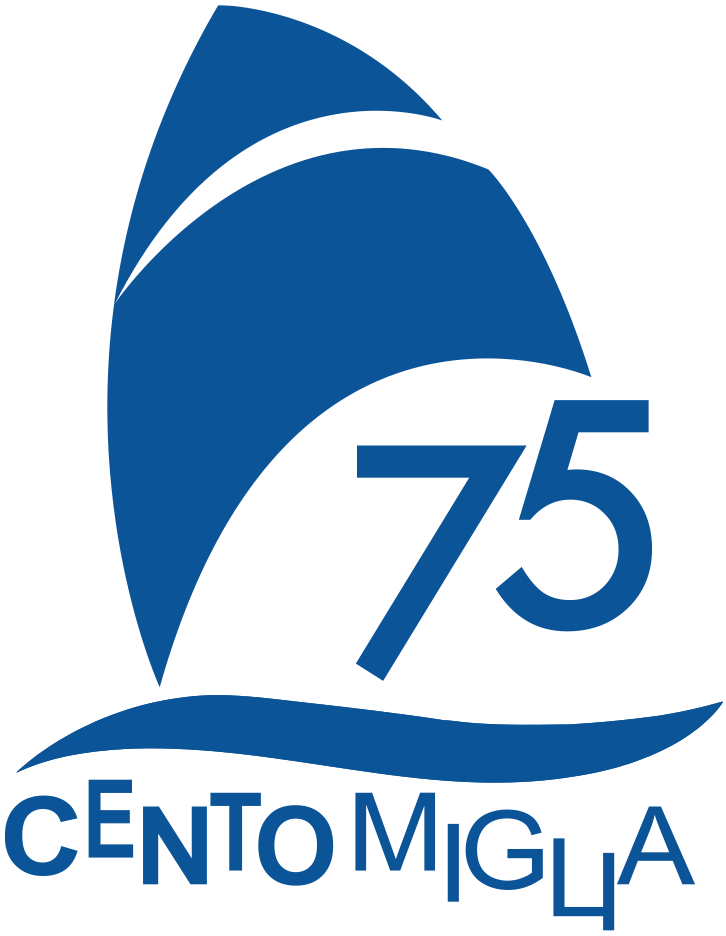In early 2022, Gino Zampieri and I, sailing friends, opponents on the race courses, sharing a passion for innovative projects, decided to join forces to build a flying boat.
After an initial feasibility design by a group of America’s Cup engineers, it was decided to proceed independently, researching an idea that would involve carbon fiber and include the use of electric technologies and movements, replacing the traditional hydraulic ones, which would have burdened the total weight of the boat .

Gino, an internationally renowned engineer and president of AC&e, had the opportunity to entrust the design not only to his own expertise but also to that of engineers Paolo Mazza and Marco Fiorini, who are luminaries in the fields of ultralight aircraft, formula one cars, Le Mans and Indianapolis. The project has, from the start, intrigued them and they have been willing to transfer their aerodynamic expertise to the nautical world .
Thus, in early 2022, the design phase began, aiming for a product with an emphasis on lightness, extreme articulation of appendages, and relative conceptual simplicity.
Once the design was defined, craftsmen were identified who excelled in the field of pattern making and carbon layering. The fabrication of all the composite parts was, therefore, entrusted to friend and expert Luciano Corradi, a passionate and avant-garde builder for many years. At the same time, components were being built, in light alloys, to enable the articulation of the foils, using 3D milling. Precision machine shops were selected for this part, which have been in the world of auto racing for years.
In May 2023, the boat was completed and assembled with all the components needed to take flight, including the electroactuators and hydraulic actuators to move the booms, rudder, and then the foils.
In summer 2023, in-water, towing tests began in order to verify the tightness of the components and the ‘exact correspondence of the boat’s behaviors to the design calculations.
Confirmed the goodness of the project, it was decided to continue to invest in perfecting the mechatronic mechanism, making it predominantly electronic: the goal is to create a system that can self-adjust without human control .
Currently , after nearly a year of intensive design and execution work by companies specializing in building robotic systems, equipment, height, position velocity and inertia sensors have been mounted on the boat that enable it to acquire data and learn to self-govern exactly like a robot .
A system has, in addition, been provided to allow the boat to be steered remotely without the presence of the crew on board.
Soon, a team of young sailors and Foiling enthusiasts will be fine-tuning the manual handling of the boat , training the computer system with the intention of achieving self-piloting of the boat, which is also essential to ensure safety while sailing .
All this is aimed at participating in the near future in Garda’s iconic regattas and especially the Centomiglia, an event that has always attracted and nurtured owners with a futuristic and somewhat crazy vision of sailing.
Luca and Pietro Bovolato



